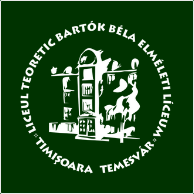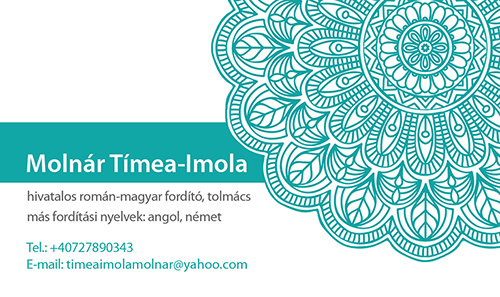Béla Bartók's biography
“One of Béla Bartók’s characteristic qualities was that he always taught, passed on his own experience and wanted to educate those around him to become more advanced and educated.“ – Márta Ziegler, Thirteen Years, see Bartók Breviary, ed. József Ujfalussy (Budapest, 1980), 571.
Béla Bartók was a pianist, ethnomusicologist, music academy teacher and one of the most important composers of the 20th century. His art and scientific work were revolutionary in Hungary and Europe.
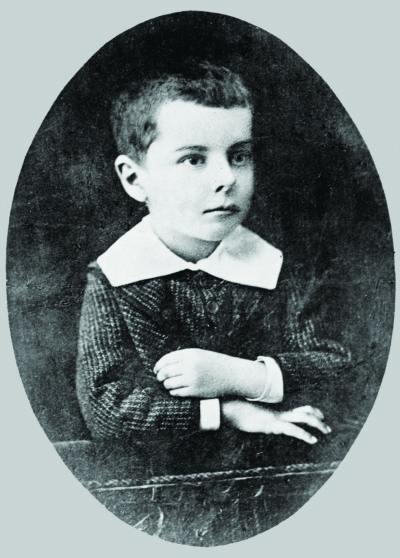
He was born on 25 March 1881 in Nagyszentmiklós (TN: present-day Sânnicolau Mare, Romania). He grew up in a music-loving family. His father Béla Bartók was the headmaster of a farmer’s school, but he also played the piano and the cello, organised an orchestra of amateur musicians and tried his hand at composing. His mother, Paula Voit, was a school teacher and also his son’s first piano teacher. Béla Bartók’s musical interest and talent was evident from an early age: he was given his first instrument, a drum, at the age of three, on which he could play complex rhythm patterns, and by the age of four he could play 40 pieces on the piano with only one finger. At the age of six, at his own request, his mother began to teach him the piano.
The family was dealt a fatal card by the deathof Béla Bartók the Elder, in the year 1888 when the composer was only 32. Forced to becoming the breadwinner of the family, Paula Voit looked for a teaching job, so they moved first to Nagyszőlős (TN: present-day Vinogradov, Ukraine), then to Nagyvárad (TN: present-day Oradea, Romania), Pozsony (TN: present-day Bratislava, Slovakia), Beszterce (TN: present-day Bistrița, Romania), and then again – this time permanently – to Pozsony (Bratislava). Bartók’s musical career then began to develop, and under the patronage of László Erkel he became acquainted with the classics of music history. In 1899 he successfully entered the Royal Hungarian Academy of Music in Budapest, where he studied both piano and composition. His career as a pianist continued to develop, but he stagnated as a composer for a while.Even in this period he was experimenting with a combination of Hungarian and European music.
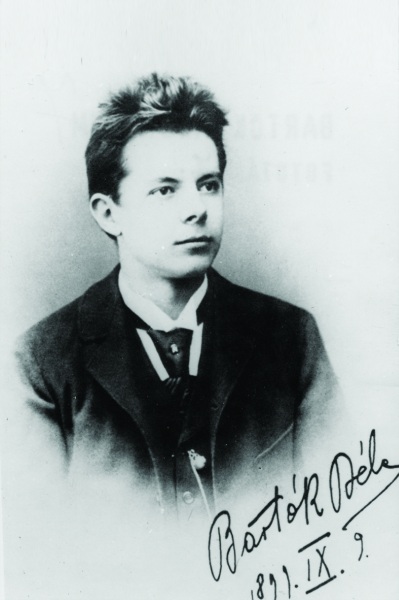
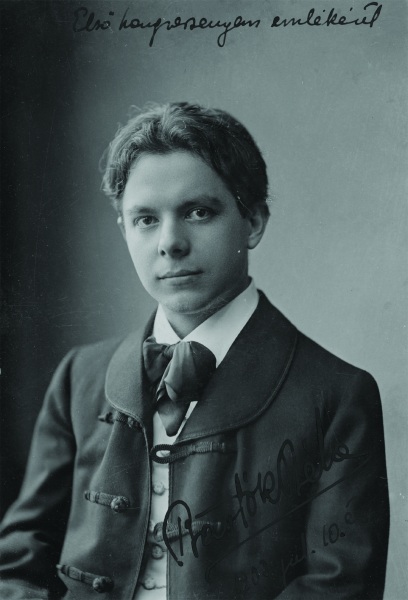
In 1904, in Gerlicepuszta, he heard a Hungarian folk song for the first time from a young girl originating from Kibéd(TN: present-day Chibed, Romania). This was the beginning of Bartók’s activity inethnomusicology, which, due to his intensive collecting activities, included Hungarian, Romanian and Slovak folk songs. In 1907, he became a teacher at the Academy of Music, and it was during this period that his first large-scale works were written. In 1909 he married Márta Ziegler, and a year later his first son, Béla Bartók the Younger, was born. His first major successes came after 1917, when the Budapest Opera House premiered his ballet The Wooden Prince and then his opera Bluebeard’s Castle.
The First World War, and the political events that followed, affected Bartók, influencing both his everyday life and his creative work. In the 1920s, the international press was already following his work intensively and giving him positive reviews, and he was again giving many concerts. In 1923 he divorced and remarried Ditta Pásztor, one of his students. Their first child, Péter Bartók, was born in 1924. After a short period of creative inactivity, he became very active, composing several piano pieces. In 1936 he became a member of the Hungarian Academy of Sciences and composed one of his best-known compositions for orchestra, Music for Strings, Percussion and Celesta.
He worked very intensively: he spent 8-10 hours a week recording folk music,gave frequent concerts (sometimes several times a week) and was constantly working on new compositions.
In 1940, he and his wife went on a concert tour to the United States, where he settled temporarily. “This trip was a leap into uncertainty from the unbearable certainty,” – he confessed. In his letters written to his sons at the beginning of their stay, he often wrote anxiously about the hopeless political situation and the impossibility of returning home. In 1942 his son Péter Bartók also arrived to the United States.
Bartók’s work in the United Stateswas mainly academic on behalf of Columbia University, and he rarely gave concerts. He also gave several lectures at Columbia and Harvard Universities. During his stay in the United States, his fatal illness, leukaemia, developed very early. Despite his failing health, he continued to compose, writing the Concerto and the Sonata for solo violin during this period. In his last year of his life, he began three new works which he was unable to finish. After a long illness, he died in New York on 26 September 1945. In 1988, his ashes were laid to rest in a solemn reburial ceremony at Farkasréti Cemetery in Budapest.
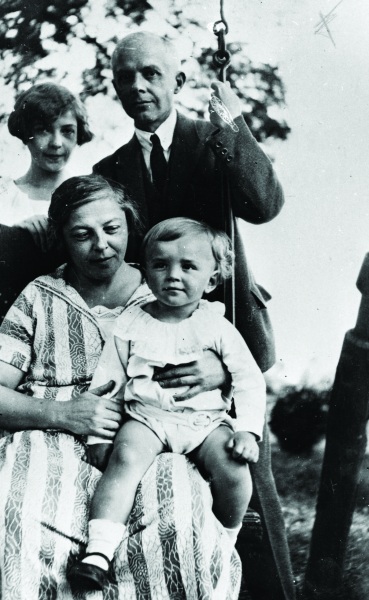
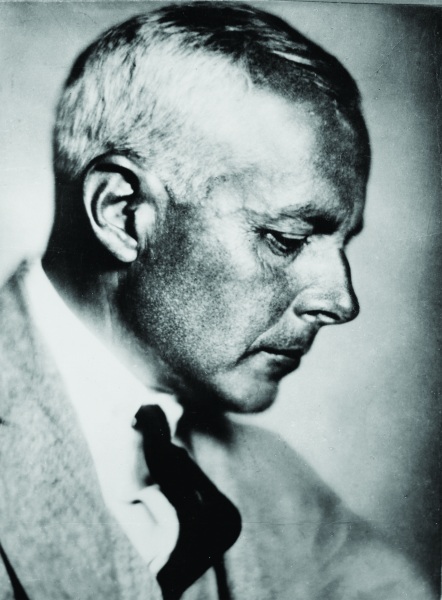
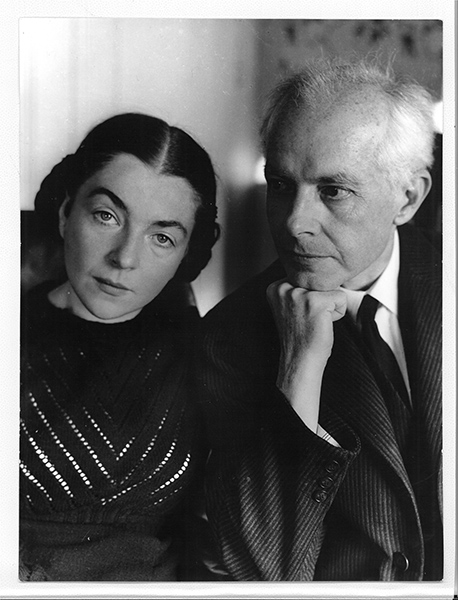
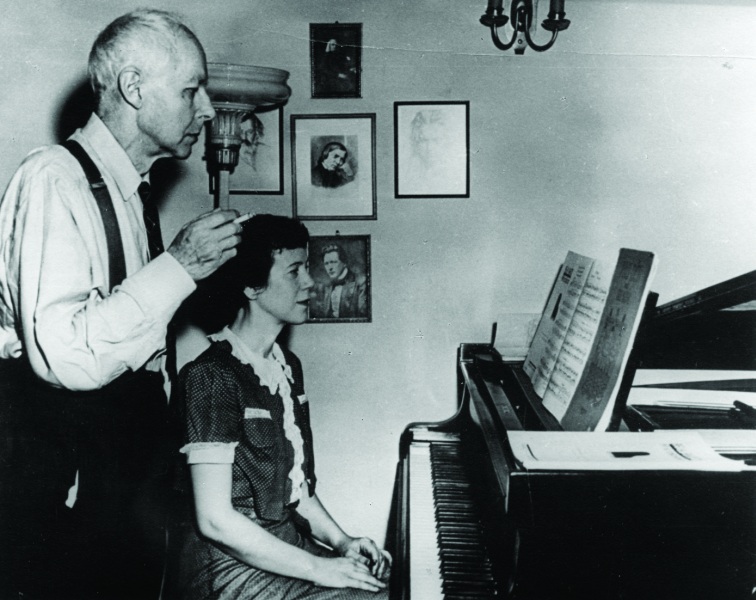
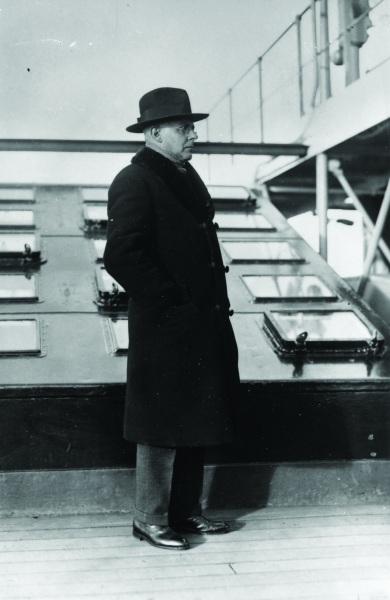
“And what his art did not reveal for the most part, his surroundings, his family, his peasant singers and his childpupils can testify to: that underneath this infinitely complex creative personality there was a simple and direct humanity.“ – Bence Szabolcsi, The Life of Béla Bartók, see Ferenc Bónis, Bartók’s Life in Pictures (Budapest, 1958), 5.
A képek forrása ELKH, Bölcsészettudományi Kutatóközpont, Zenetudományi Intézet, Bartók Archívum, Budapest; Országos Színháztörténeti Múzeum és Intézet, Budapest; Liszt Ferenc Emlékmúzeum és Kutatóközpont, Budapest.


Proiect finanțat prin Programul cultural național Timișoara – Capitală Europeană a Culturii în anul 2023
